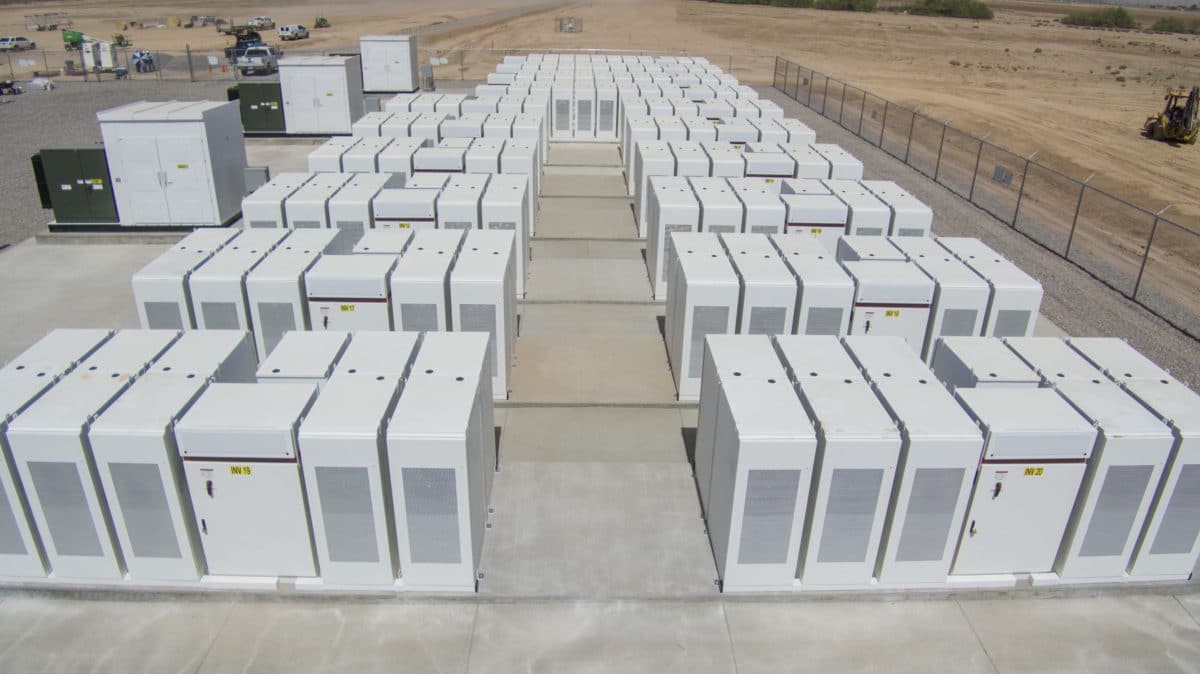As utilities discover more and more how energy storage can solve many of the problems that they have been facing, there is more and more pressure to change market rules to allow for greater use of batteries and other new technologies.
The biggest move in this regard has been the Federal Energy Regulatory Commission’s (FERC) landmark Order 841, which required that grid operators open wholesale markets to the participation of energy storage. And while many operators are scrambling to come up with rules in advance of a December 3 deadline for Order 841 implementation, some are seeking changes in advance of this rule. Earlier this month, ISO New England filed with the Federal Energy Regulatory Commission (FERC) to make changes to its market rules with the stated aim of helping emerging storage technologies to “more fully participate” in New England markets.
ISO New England notes that this is in part a response to the rapidly expanding energy storage market. The grid operator notes that while at the time of filing there was only 19 MW of battery storage on its grid, there were over 800 MW of stand-alone battery storage systems that had filed for interconnection, and also cited Massachusetts’ target to deploy 1,000 MWh of energy storage.
But New England also has 2,000 MW of pumped hydro storage capacity, and has identified a need for different rules for the two types of resources. And while the ISO has market rules that are adapted to the characteristics of pumped hydro storage, it says that changes were needed for the particular characteristics of battery storage.
Under these proposed rules, batteries can be discharged into the real-time energy market without making a firm commitment in advance. ISO New England also says that the rules will more fully recognize the ability of batteries to transition continuously and rapidly from a charging to a discharge state, and will provide a means for simultaneous participation in the energy, reserves and regulation markets.
A significant factor in the ISO New England filing is that not only will these changes work towards Order 841 implementation, but the grid operator is asking for them to be approved rapidly so that they can become effective by April 1, 2019, well in advance of deadlines for Order 841 compliance.
That does not mean that these new rules will do everything that is needed for compliance, and ISO says that it will file the additional changes needed for full Order 841 compliance separately, following a stakeholder review process.
But what is may do is to allow the hundreds of megawatts of batteries waiting in the interconnection queue to move forward.
This content is protected by copyright and may not be reused. If you want to cooperate with us and would like to reuse some of our content, please contact: editors@pv-magazine.com.









By submitting this form you agree to pv magazine using your data for the purposes of publishing your comment.
Your personal data will only be disclosed or otherwise transmitted to third parties for the purposes of spam filtering or if this is necessary for technical maintenance of the website. Any other transfer to third parties will not take place unless this is justified on the basis of applicable data protection regulations or if pv magazine is legally obliged to do so.
You may revoke this consent at any time with effect for the future, in which case your personal data will be deleted immediately. Otherwise, your data will be deleted if pv magazine has processed your request or the purpose of data storage is fulfilled.
Further information on data privacy can be found in our Data Protection Policy.